What is Brand Identity? The Definitive Guide
What do you associate with names like Apple, Nike or Coca-Cola? I’m going to assume an image pops up in your mind immediately. It could be a sleek aluminium laptop, stylish sports clothes or that red and white swirl.
But why do brands have such strong identities? Is there any particular reason behind it? How can I create my own irresistible brand?
This article will review everything known as “brand identity.” So get ready because we will dig deep into branding psychology by looking at some real-life cases and giving advice on how you can make people fall in love with your brand.
Table of Contents
What is Brand Identity?: The Basics

To begin with, let’s define brand identity:
Your brand identity is how your company’s personality is expressed visually. Everything that establishes the look, voice, and overall vibe of your brand in people’s minds is what your visible representation consists of.
It sets you apart from competitors and creates emotional connections, which are so important. This turns any product into a faceless commodity or something unique that resonates with ideal customers on deeper levels.
However, brand identity does not stop at flashy logos and striking colours. A successful one should include the following:
- Visual branding (logos, typography, colour palettes etc.)
- Voice (copywriting style, tone)
- Physical branding (packaging design)
- Digital presence (website)
- Customer experience management through services offered or advertised
So yeah… there’s quite a bit involved in creating an integrated personality! Let us break down its core components:
Visual Identity – The images or symbols associated with your business by clients; they may include:
- Logo design;
- Colour schemes;
- Typography;
- Iconography;
- Photography (artistic styles);
- Illustrations for marketing materials, etc.
Brand Voice – The way you speak to people through writing or speaking; it can be formal/informal depending on context; some key aspects are:
Messages conveyed during different types of content creation, such as blog posts or social media updates;
- Themes covered in these pieces include subject matter relevance;
- The tone adopted when addressing various audiences, e.g., friendly vs authoritative.
- Editorial guidelines were written to ensure consistent quality across all written outputs from company representatives, which have been met consistently over time!
Brand Experience – How everything about a person’s encounter with your firm makes them feel inside out; examples might involve:
- Physical spaces like shops where customers come into contact directly;
- Packages are used to deliver goods purchased online/offline via mail-order companies’ outlets, warehouses, etc.
- Digital platforms such as websites/applications created by developers working exclusively under contract basis within a given timeframe stipulated by both parties involved;
- Advertising campaigns designed around specific target markets but still falling within broader brand message guidelines set out previously;
- Customer service experiences ensure customers feel valued, appreciated, respected, and supported whenever they request or raise issues concerning any aspect/s of their dealings with the organisation.
When all these work together seamlessly, magic happens, but it is not about logos and slogans. It involves injecting personality through every touchpoint your brand has with people.
Why Brand Identity Matters (A Lot)

Is that much reflection on branding necessary? Why not just name your product and call it a day?
You could. However, companies with weak, generic brands need help to survive today's extremely crowded marketplace. Here's why identity matters so much in the modern world:
It Creates Deep Emotional Connections
Rational arguments don't convince people – it's about their emotions and feelings. A strong brand identity creates an emotional bond between what you sell and what it means to buyers.
Consider brands like Harley Davidson or Lululemon, which have become symbols of whole ways of life and sets of values beyond their respective product categories. Consumers buy into brand stories that speak to their dreams and ideals.
It Establishes Trust and Loyalty
A consistent, professional-looking brand identity makes you appear credible and trustworthy. Inconsistent branding? Not so much.
Revenue can increase by 23% when branding stays the same across all channels. On the other hand, lousy branding has led 38% of people to distrust certain businesses.
People feel more confident making reliable purchases from brands that always stay “on-brand.” They want something they can recognise as well as rely on.
It Helps You Stand Out in Crowded Markets
Strong brand identities keep you from becoming another face in the crowd among generic commodities. When competitors are everywhere, your identity attracts consumers' eyes.
For instance, despite countless beers available for sale everywhere you look, Dos Equis and Corona Light managed to create iconic identities through clever ad campaigns featuring pop culture figures like “The Most Interesting Man in the World.”
Think about shopping for toilet paper or laundry detergent – two words: incredibly dull products. But given the choice between forgettable brands at average prices vs memorable ones at premium prices… which would you pick up? Identity breeds premiums!
It Makes Your Marketing Work Harder
According to research, branded content consistently outperforms generic, unbranded assets – by 22-27%.
Why? Because it's infinitely easier to create impactful campaigns when your identity tells a clear and compelling story about who you are and what you believe in. Without an identity, there's no emotional hook to grab people's attention.
It Future-Proofs Your Brand
The companies that endure usually have strong identities that can transcend eras, cultures, and product cycles.
For example, Marlboro survived the smoking backlash by successfully repositioning its “Cowboy” identity as representing rugged masculinity and freedom rather than cancer sticks.
Iconic identities withstand changing customer preferences over time. They're legacy assets that allow for growth instead of constant starting over.
Sume's Rebranding Story: Sales Up 32%
Let's examine an actual case study to illustrate identity's powerniture brand. Sume completely redesigned its brand identity – logo, colours, messaging, everything. The outcome?
🚀 Revenue increased by 32% within just one year of the rebrand
🎯 Significantly higher customer retention rates and repeat purchase rates
💰 Ability to charge prices significantly higher (40% above competitors)
How did they do it? They dug deep into their ideal customer persona's psychographics and used them as inspiration for every aspect of their brand identity, from top to bottom.
Every aspect of their design, from modernist furniture to monochromatic colour palettes and minimalist copywriting, speaks to the fact that they want to be seen as the brand for sophisticated, wealthy city people. That is how you do identity marketing.
Defining Your Brand's Purpose and Personality
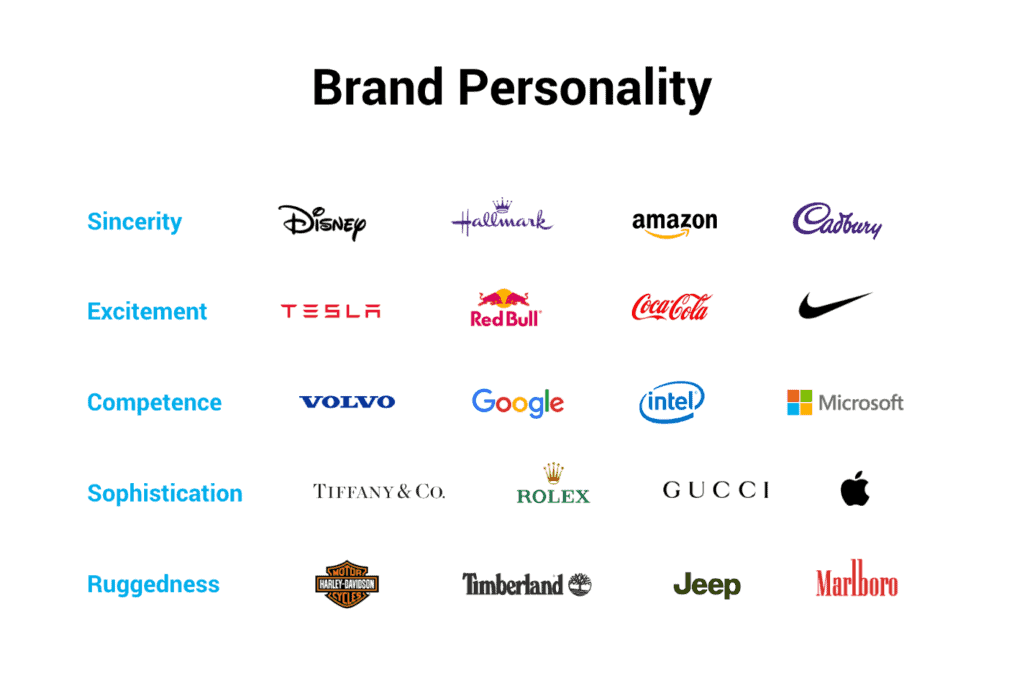
Before building your visual identity or campaigns, you must articulate your brand's most profound purpose and personality because identity flows from meaning.
You are identifying Your “Why” Your brand purpose is your overarching reason for existence beyond profits. Those with a clear sense of purpose outperform competitors by 42%.
Uncovering your purpose involves some weighty introspection. Typical exercises include:
- Personal value excavation (core beliefs, worldviews, experiences)
- Pivotal brand story exploration (what inspired you to start the company)
- Audience observation (why do your customers love you?)
- Envisioning impact (ideal world, societal contributions)
You'll synthesise those insights into a concise purpose statement or manifesto. For example:
“Airbnb's mission is to create a world where anyone can belong anywhere.”
This noble aim speaks directly to humans' deep psychological needs for belonging, community, and enriching life experiences.
Crystallising Your Personality: Your brand personality is its anthropomorphised character – the distinguishing human-like traits and internal belief system that drive its motivations and behaviours.
Picture brands as people: Nike is that fiery, motivated athlete who always pushes you to outdo yourself. Dove exudes warmth, nurturing, and self-acceptance. T-Mobile is the witty, offbeat class clown.
To define yours, consider personality archetypes or create a descriptive persona profile covering traits like:
- Attitude (adventurous, sophisticated, playful, rugged, relatable, etc.)
- The tone of voice (formal, casual, witty, inspiring, direct)
- Sense of humour (dry, slapstick, pun-based, self-deprecating)
- Values and causes (sustainability, family, female empowerment, etc.)
- Idiosyncrasies (“habits” like using certain idioms, strong opinions, etc.)
For example, take a look at how distinctly and vividly Dollar Shave Club personifies their weird, out-there personality through videos like their wildly popular launch campaign:
Crafting those detailed personalities is crucial because they directly inform all your messaging, visuals, and creative decisions. A brand with an exceptionally crisp, artsy vibe will have vastly different outputs than one, positioning itself as the fun-loving class clown.
Designing Your Visual Identity System
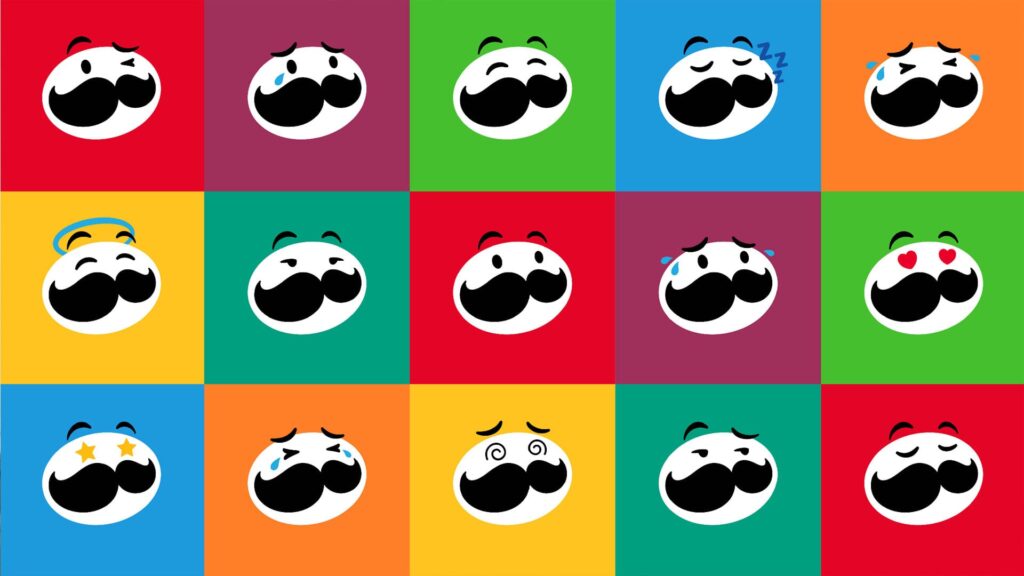
Now for the fun part – bringing that brand personality to life through visuals! Your visual identity system encompasses logos, colour palettes, typography, iconography and more.
Let's walk through developing some of the core assets:
Logo Design 101: Logos unlock the visceral recognition we associate with brands like McDonald's Golden Arches or Nike's Swoosh. They're the core visual trigger for your identity.
There are six main logotypes:
- Wordmarks (typography-based logos like Google or Visa)
- Lettermarks (initials like HP or HBO)
- Pictorial marks (literal illustrative icons like Apple or Twitter)
- Abstract marks (simplified symbolic icons like Nike or Adidas)
- Mascots (illustrated characters or people like KFC's Colonel)
- Combination marks (icons combined with logotypes like Burger King)
Compelling logos are simple, unique, timeless, versatile across media, and aligned with their brand personality. A quirky, organic logo for an edgy streetwear brand. A traditional crest for a luxury goods company. And so on.
Creating a standout logo usually requires hiring a professional designer. But there are also excellent online logo makers like Looka that leverage AI to generate unique logomarks aligned with your brand attributes.
Colour Psychology: Color is powerful for igniting psychological responses and emotions. Different shades convey wildly different personalities:
- Red = energetic, bold, youthful (Think Coca-Cola)
- Orange = friendly, cheerful, confident (Nickelodeon, Amazon)
- Yellow = joyful, intellectual, affordable (Ikea, Subway)
- Green = peaceful, growth, ethical (Whole Foods, Animal Planet)
- Blue = trustworthy, secure, corporate (Samsung, Dell, Facebook)
- Purple = spiritual, creative, nostalgic (Hallmark, Taco Bell)
Your colour palette must strike that delicate balance between standing out and reflecting your brand attributes. Lush embraces lively greens and yellows to signal naturalism and Mother Earth vibes.
Many brands build flexible palettes with primary brand colours and accent, neutral, and gradient shades to work across all media and design scenarios.
Typefaces with Character: Selecting distinct typography is a sneaky-powerful way to embed your personality into everything you produce.
You've got a gazillion font categories, each conveying a different style:
- Serifs (classic, traditional, authoritative)
- Sans-serifs (modern, clean, minimal)
- Scripts (elegant, playful, flourish)
- Slab serifs (strong, bold, vintage)
- Handwritten (casual, sketchy, fun)
- Display (loud, impactful, decorative)
Using unique typography instantly boosts brand recognition. Just picture Fashion Nova's ultra-bold, cutting-edge typefaces across streetwear apparel and ads. Or how Cadillac opts for italicised serif fonts to exude elegance and class.
You'll choose distinct fonts for your logotype, headings, body copy, and more to build a complete complementary type system.
Finding Your Other Visual Elements: Once you've locked in those core components, your branding team can start extrapolating the visual toolkit:
- Iconography and graphics (developers create libraries of editable vector icons)
- Photography styles (lighting, framing, retouching styles)
- Illustration aesthetics (techniques, colour palettes, moods)
- Motion and animation styles (kinetic logos, video intros and outros)
- Data visualisation and chart styling direction
- Compositional layouts, spacing systems and grid guidelines
The result is a comprehensive brand book or online style guide governing every visual aspect of your identity system. That keeps applications cohesive across physical products, digital apps, ads, presentations, videos, swag and more!
Crafting Your Compelling Brand Voice and Messaging
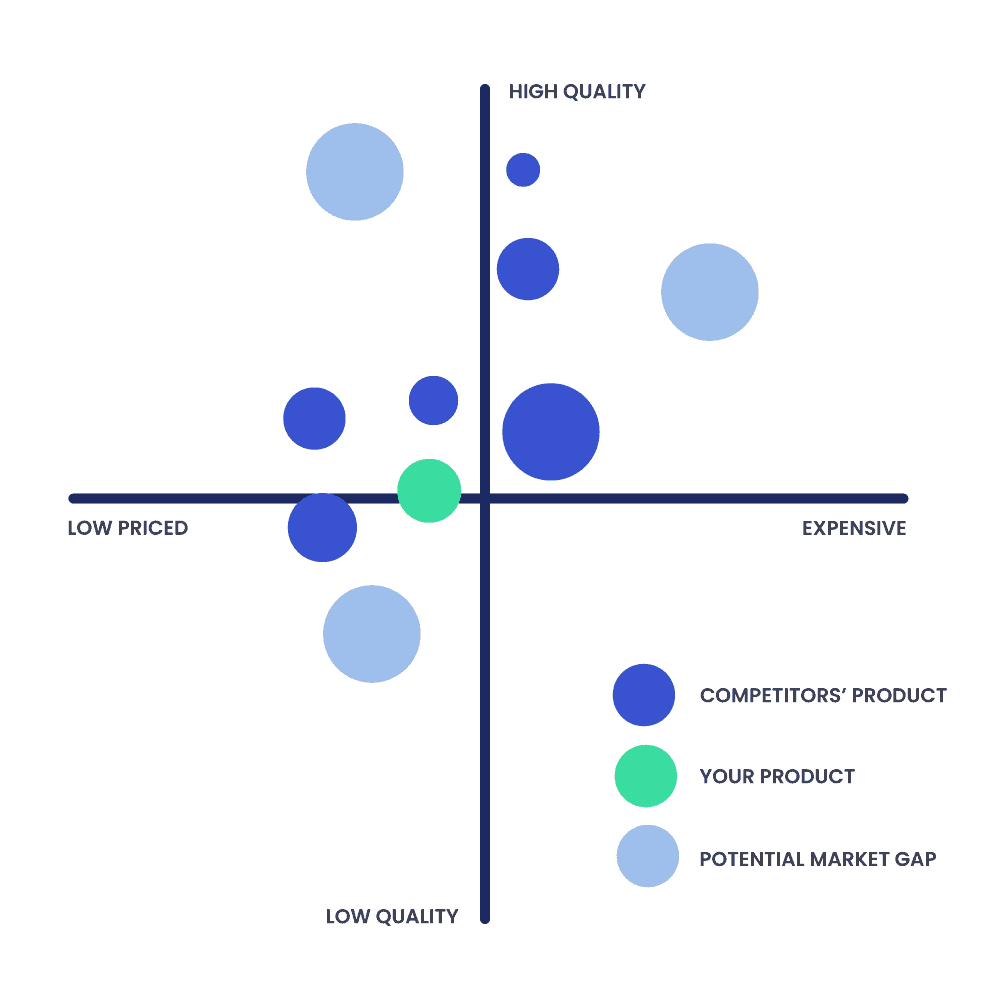
Visuals are vital, but more important is developing your brand voice – the unique personality and tonality you'll convey through written and spoken communication.
Defining Your Positioning: You can only craft a compelling voice if you first nail down your brand positioning. This is the driving conceptual narrative defining:
- Your overall role or category within the marketplace
- Distinct value proposition and key benefits
- Unique differentiators separating you from competitors
- Specific target audience personas and psychographics
- Personality, attitude and emotional brand pillars
So Volvo is the family-focused “safety innovator” in the automotive space. Meanwhile, Bud Light is the ultimate “Everyman's” beer, appealing to guys who appreciate a crisp, unpretentious brew.
Once you identify that conceptual territory you own, you can start architecting your brand's distinct voice around it.
Developing Voice & Tone Guidelines: Your brand voice encompasses vocabulary, grammar, and sentence structure choices that are moulded to align with your positioning and personality. It dictates:
- Formality levels (casual, mid-range, academic)
- Language complexity (straightforward or more esoteric terms)
- Word choices and idioms (slang, humour, culturally relevant turns of phrase)
- Prescriptive grammar and syntax rules
- Tone and attitude (irreverent, inspiring, authoritative, empathetic, etc.)
- Allowed techniques like rhetorical questions, personal pronouns, common analogies
As a framework, you might aim for a more down-to-earth, cheeky voice for casual CPG brands appealing to younger consumers. An elevated yet conversational presence for tech/SaaS targeting professionals. Or an earnest, trustworthy tone for serious B2B offerings.
Those guidelines ensure your brand comes across consistently and “on-brand”, whether it's a website landing page, social post, product label, or TV commercial script.
Example: Atlassian's Voice and Tone
- Formality: Relaxed and conversational
- Language: Straightforward but well-informed
- Grammar: Guided but not stuffy
- Tone: Friendly and encouraging with a sense of fun
For instance, you might expand Atlassian's relaxed grammar guideline to greenlight:
- Using contractions (like we've instead of we have)
- Drop superfluous words (let's open it vs let's go ahead and open it now)
- Occasional fragments for flow and punch (To sign up., Just click here.)
This allows their voice to express sophisticated messaging in an approachable, cheeky way, befitting their modern, iconoclastic positioning.
Executing Your Verbal Identity: With voice and tone guidelines defined, creative teams adequately execute all branded verbal content, including:
- Product marketing messaging (value props, positioning, etc.)
- Editorial content like blog posts and whitepapers
- Social media and community management
- Website and mobile app UX writing
- Video scripts for ads, promos and tutorials
- Live presentations and event scripts
- Physical packaging copy and instructions
- Internal communication and HR materials
The more prolifically and consistently you reinforce your brand voice at each touchpoint, the stronger and more recognisable it becomes in customers' minds over time.
Crafting Holistic Brand Experiences
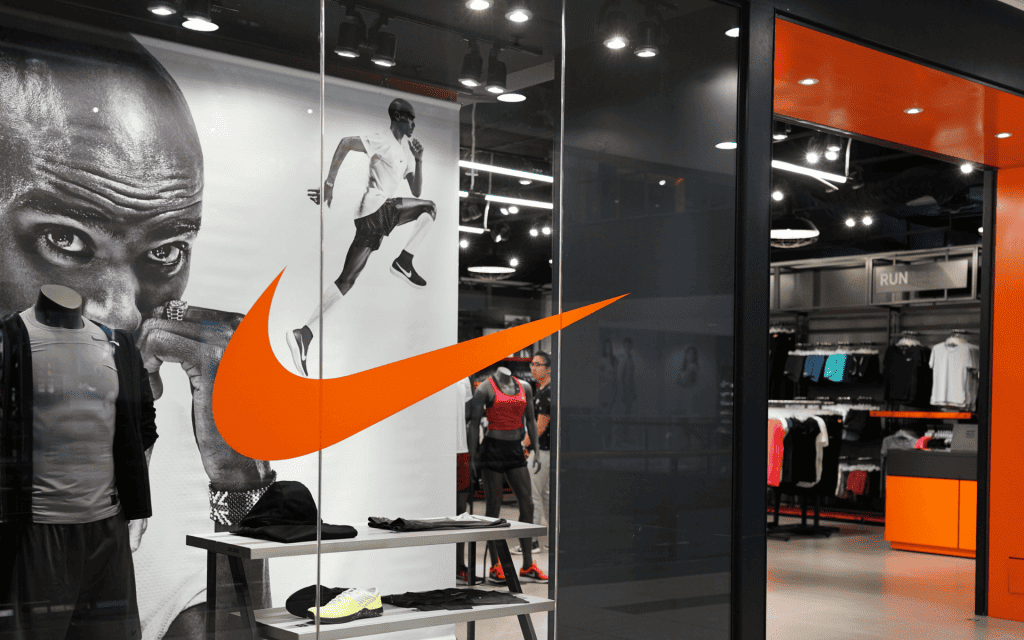
Now that we've covered laying the foundations with purpose/personality work and core visual and verbal identities let's talk about delivering on that brand through immersive experiences.
Physical Retail and Environments: For companies with physical presences like stores, trade show booths, or even pristine offices – your environment design is pivotal for shaping brand experiences.
Nike House of Innovation in NYC is a living, breathing temple to the Nike ethos. Jaw-dropping architecture meets interactive digital activations and incredible merchandising. It screams premium performance and innovation from the moment you walk in.
Similarly, cafes and patios are canvases for painting an ambience aligned with the coffee shop's vibe – whether it's Starbucks' cosy, neighbourhood hangout positioning or an indie roaster's minimalist, hipster aesthetic.
Product Packaging and Merch: In how your brand voice informs verbal content, your visual identity system should dictate the look and feel of any product packaging, corporate swag, and merchandise extensions.
Outstanding examples include Beats' premium unboxing experiences with neon glow stickers, Apple's minimalist shrink-wrapped gadgets, and Glossier's millennial-pink minimalism dripping from everything.
Digital Brand Experiences: Customers' first (and probably primary) interactions with brands increasingly happen through digital channels. Your visual identity system must flex to fit bite-sized mobile apps, capacious desktop websites, and oh-so-many other digital interfaces.
Winners nail digital brand experiences by:
- Translating visual identities into responsive, device-adapted designs
- Extending identity through custom iconography, animations, and micro-interactions
- Employing on-brand colour schemes, typography, layouts and spacing
- Embedding brand voices into UX microcopy and conversational UI
- Infusing product UI with branded sound/motion design
- Creating branded digital content fitting each channel's context
Mailchimp is remarkable at this, with a consistent “weird yet wonderful” identity coursing through their websites, apps, ads and content. You instantly recognise that distinctive voice and iconic yellow wherever they show up.
Beyond surface visuals and copy, you'll want to consider the holistic digital product experience. Does it authentically deliver on your brand promises through its core functionality and feature sets?
Airbnb brilliantly manifests its “Belong Anywhere” purpose via features enabling homestays with locals worldwide. Meanwhile, Charity: water leverages striking immersive video to reinforce their identity as transparent activists.
Marketing and Advertising: Last but certainly not least, your brand identity has to radiate through every marketing asset and advertising campaign. Marketing is identity in action.
So, you should develop robust, well-integrated systems for making branded advertising content. That includes guidelines for:
- Conceptual creative directions and seasonal campaign themes
- Copywriting systems and branded narrative frameworks
- Video production styles (music, cinematography, graphics)
- Art direction and photography approaches
- Dynamic digital ad units and programmatic display specs
- Social media content toolkits (filters, stickers, Stories templates)
Powerhouse retailer Patagonia dynamically adapts its identity to each new campaign, tackling environmental causes through striking nature cinematography, passionate purpose-driven copy, and vivid social media activations. Each execution ties back to that fierce activism core.
Meanwhile, Popeyes built a staggeringly valuable identity around the humble chicken sandwich through zany creative tactics closely tied to their southern heritage positioning. From legendary product launches to iconic feuds with rivals, their marketing pop culture ambushes will be case studies for decades.
Evolving and Future-Proofing Your Brand
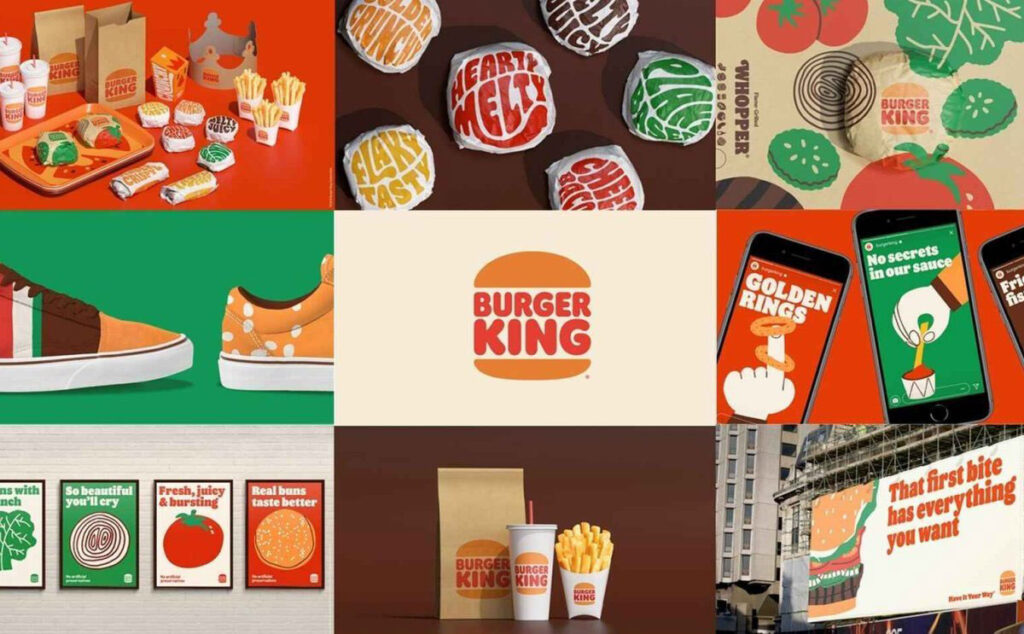
Even with brilliant identities nailed, innovative brands acknowledge the need to evolve while continually preserving what makes them iconic and timeless. The best identities meld tradition with modernity.
Undergoing Purposeful Rebranding: Savvy rebranding isn't just about overhauling visual assets but revisiting your foundational purpose, brand architecture, and market positioning.
You may have started as a small craft brewery but eventually outgrew that city-centric positioning to become a globally recognised brand. So, you reimagine your identity around more universal values and adventurous spirit.
Some catalysts for strategic rebrands include:
- Overhauled business models or service offerings
- Geographic or demographic expansion
- Mergers, acquisitions, or spin-offs
- Recovery from a crisis or reputation damage
- Modernisation to stay culturally relevant
For iconic revamps, look at how Dunkin' Donuts condensed to just “Dunkin'” and overhauled its branding to reflect its positioning as a cheeky, modern beverage brand well beyond pastries.
Staying Culturally Relevant: In the modern era of callout/cancel culture – maintaining an inclusive, continually evolving brand identity is mission-critical. You'll likely need to update regularly:
- Inclusive language and representation in marketing
- Photography depicting diverse audiences
- Visual identity components to avoid appropriation issues
- Voice and tone to stay contemporary and avoid offence
Beauty brands like Sephora and Fenty have been in charge of redefining beauty marketing through diverse shade ranges and body-positive, gender-fluid messaging. They're setting the standard for inclusive identities.
Meanwhile, iconic brands like Land O'Lakes recognised the need to retire longstanding Native American stereotypical brand mascots to update with a fresh, more respectful direction.
Evolving with New Mediums and Technologies: Finally, you can future-proof your identity by adapting it ahead of new mediums, contexts and emerging technologies like:
- Voice interfaces: You'll need audio activation names, branded synth voices and sonic identities
- Extended reality: Figuring out how your identity translates into AR filters, VR environments
- Web3: Creating branded digital collectibles, 3D avatars, virtual spaces, blockchain-based assets
- Gesture and sensor interfaces: Exploring digital identity embodiment via spatial computing
Lots to consider! However, building a living brand identity adaptable across cultural shifts, user behaviour, and technology landscapes is a worthwhile investment in future resilience.
Brand Identity FAQs
To wrap up, let's run through some common brand identity FAQs:
How can I get started defining my brand identity?
First, pinpoint the purpose of your brand that is driving your business. Do some deep audience research to define your target personas and differentiated positioning. Then, develop detailed brand personalities and visual identity components to match. Finally, build brand voice/tone guidelines and create pilot identity assets.
Should I hire branding agencies?
For established businesses, it's wise to collaborate with professional brand strategists and designers. But if you're bootstrapping a startup, you can use tools like Logojoy to DIY logos and lean into scrappy, creative tactics.
How much does professional branding cost?
Full branding services from top agencies typically range from $25,000 – $150,000+ for logos, messaging, visual identities, and brand guidelines. More affordable freelance designers run $500 – $5000+ for specific projects like logo design or branding books.
How do I maintain a cohesive identity?
Start by creating internal brand guidelines and toolkits. Conduct reviews to ensure every customer-facing asset implements those guidelines accurately. Have an internal “brand council” that signs off on all major initiatives.
How often should I rebrand?
Major rebrands are recommended every 7-10 years or after seismic business shifts. However, brand identities need minor refreshes every 2-3 years to feel modern and evolve with cultural shifts.
What makes a “good” brand identity?
Strong identities are distinctive yet aligned with the brand's purpose/personality. They differentiate the brand, evoke the correct emotional associations, and produce consistent recognition across touchpoints. Longevity and cultural relevance are also crucial.
What are some top brand identity examples?
Starbucks, Disney, Coca-Cola, Nike, Apple and McDonald's are among the most valuable and beloved brand identities adored globally. Newer examples doing identity well include Glossier, Warby Parker, Oatly, and Airbnb.
How can I protect my brand identity?
Trademark your logo and core brand assets, create brand usage guidelines, monitor your brand presence diligently, and pursue IP violations—partner with legal counsel well-versed in brand identity law.
